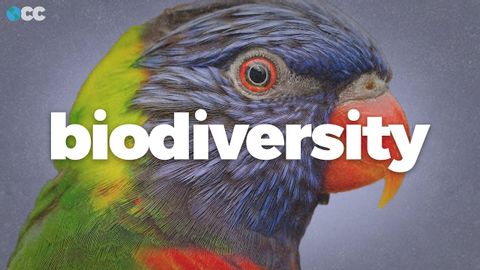
字幕與單字
全球生物多样性正在崩溃(Biodiversity is collapsing worldwide. Here's why.)
00
joey joey 發佈於 2021 年 06 月 12 日收藏
影片單字
vulnerable
US /ˈvʌlnərəbəl/
・
UK /ˈvʌlnərəbl/
- adj.脆弱的;易受攻擊的;易受傷的;脆弱的;易受影響的;需要特別照顧的;易受批評的;(橋牌中)易受攻的
B1 中級高級英檢
更多 使用能量
解鎖所有單字
解鎖發音、解釋及篩選功能

US /ˈvʌlnərəbəl/
・
UK /ˈvʌlnərəbl/